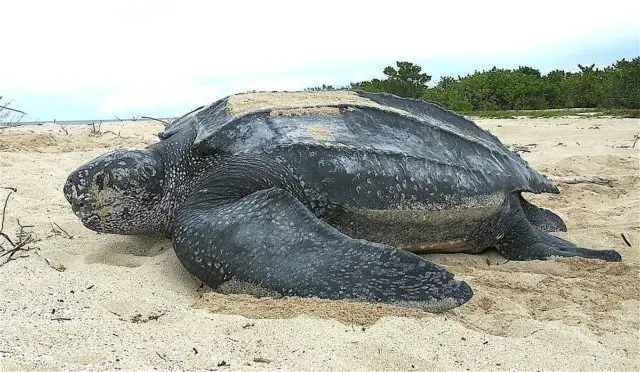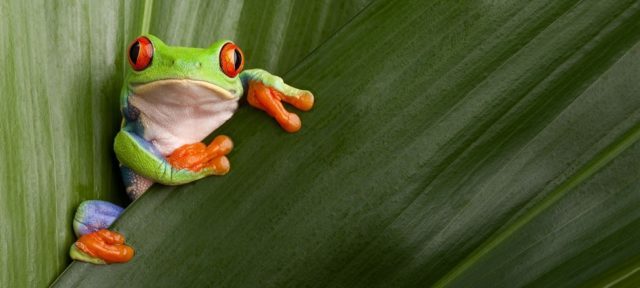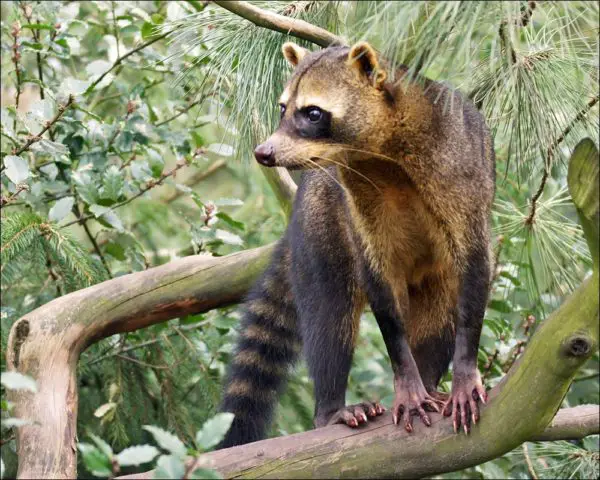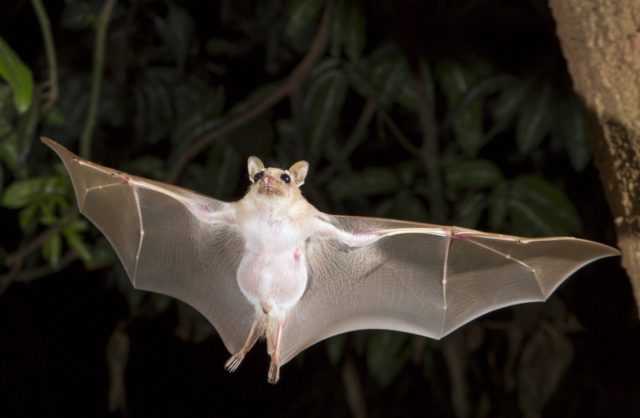Costa Rica is one of the most environmentally-friendly countries in the world. Its biodiversity of animal species makes this country be naturally attractive in the Caribbean region.
This time we will highlight the most spectacular species of this beautiful Caribbean paradise, among which we can appreciate from tender and delicate species to ferocious and dangerous specimens. Below we show you a list of the immense variety of beautiful animals that you can find in this natural paradise.
Let’s start by describing the GREEN LAPA (Ara ambigua). It is nothing more than a beautiful species of characteristic plumage, ranging from yellowish green, red on the forehead and central feathers, to blue-green on the wings and tail. Its beak is black. Its feeding is based on fruits of several trees, mainly of the Almendrón de Montaña, where it also nests. In the Caribbean, it is found in the Northern Zone, in the canopy of the forests. As a curious fact, there is a reintroduction program in the Southern Caribbean.
LEATHERBACK TURTLE (Dermochelys coriacea). It is the largest sea turtle -also known as baula turtle- with almost 2.5 meters in length and 750 kilos in weight. It has a dark bluish-gray color and pink or white spots, and it is covered with a leather skin with 7 longitudinal keels. It spawns throughout the Caribbean coast, especially in Tortuguero and Gandoca, between the months of March and May, specifically.

GREEN IGUANA (Iguana). It is one of the most representative and emblematic reptiles of the Caribbean and can reach up to 60 centimeters without its tail. It inhabits humid tropical forests up to a height of 500 meters above sea level. It is oviparous and very territorial. In the South Caribbean, there are breeding projects for this species.
SLOTHS. 3-finger Sloth (Bradypus variegatus); short snout, grayish hair, 3 fingers on their front legs, and diurnal habits. 2-finger Sloth (Choloepus hoffmanni); browner, elongated snout, 2 fingers on their front legs, and nocturnal customs.
CALZONUDA FROG (Agalichnys callidryas). It is better known as the red-eyed frog. It stands out because of its large and bright eyes, with the red iris, the vertical pupil, and the reticulated inner eyelid. In its body, it shows many colors; lemon green, blue, purple, yellow, orange, and red.

CAPUCHIN MONKEY. It is also called the White-headed Monkey. It is small and can weigh up to 3.5 kilos. Its body is black, with a white face, chest, and shoulders. It lives in herds of up to 40 individuals. It feeds on fruits, flowers, seeds, insects, worms, reptiles, and amphibians.
PICO IRIS TOUCAN (Ramphatstos sulfuratus). It is the most striking and colorful of the 4 species of toucan, due to the colors of its beak which measures about 50 centimeters. The plumage is black with white and yellow touches and emits a characteristic sound. The other toucans are Swainson, Collarejo or Aracarí, and Tucancillo Verde.
TAPIR (Tapirus bairdii). The Northern Tapir is the largest of the country’s wild mammals, which reaches up to 2.2 meters long, 1 meter high, and more than 300 kilos in weight. They are relatively abundant, especially in the Braulio Carrillo National Park.
SPIDER MONKEY (Ateles geoffroyi). It is also known as Mono Colorado. It can measure more than 1.3 meters, including the tail. Its weight is between 6 and 9 kilos. It has very long arms, legs, and tails. There are 2 varieties; one is black and the other, brown. It feeds on leaves and fruits.
OROPEL (Bothriechis schlegelii). It is related to the poisonous Tobobas family. There are 13 species among them, such as the Matabuey (Lachesis stenophrys), the Velvet (Bothrops asper), the Lora (Bothriechis lateralis), and the Oropel, whose poison produces tissue destruction and problems with the coagulation of the blood.
RED-FROG (Dendrobates plumilio). It belongs to the Dendrobates family. It measures about 2 centimeters and is characterized by its red color on the back, belly, and part of the extremities, which can also be bluish, such as the Blue-Red or Blue Jean’s frog. Additionally, they have glands in the skin that release poisonous substances.
RACCOON (Procyon lotor). There are several species in Costa Rica. It is very common the Northern Raccoon; silvery gray, darker in the center of the back, with long and ringed tail, pointed nose, and a black spot of the cheeks to the eyes as a mask. It is nocturnal, and crabs and fruits are included in their diet.

CAUCEL (Leopardus wiedii). It is also known as Margay or Tigrillo. It has a body with colors of brown and gray, with open black spots. Its snout is short, large eyes, and the tail is very long. It is nocturnal and feeds on birds, monkeys, lizards, and rodents.
BATS. They are the most abundant mammals in Costa Rica. With 116 species, most of them are nocturnal, arboreal, and frugivorous, such as the Fruit Bat or Salvin’s Bat. However, there are 3 species of vampire bats; the Common Vampire, the Patas Velludas Vampire, and the White-winged Vampire. One of the most unique and easy to see bat species is the Fisher Bat, which only feeds on fish. It is also one of the largest bats in that region.

PIZOTE (Nasua narica). The Pizote or Coatí inhabits all over the country. It has a brown to a reddish body, measures 110 to 120 centimeters long, and weighs approximately 6 kilos. It is of diurnal habits, and it feeds on fruits or meat. It is also an important seed spreader, especially through its excrement.
With this last species, we have concluded our list. Now, we invite you to know and enjoy all of the wonders offered by this extraordinary natural paradise of the animal kingdom. When doing it? Well, it is up to you!
